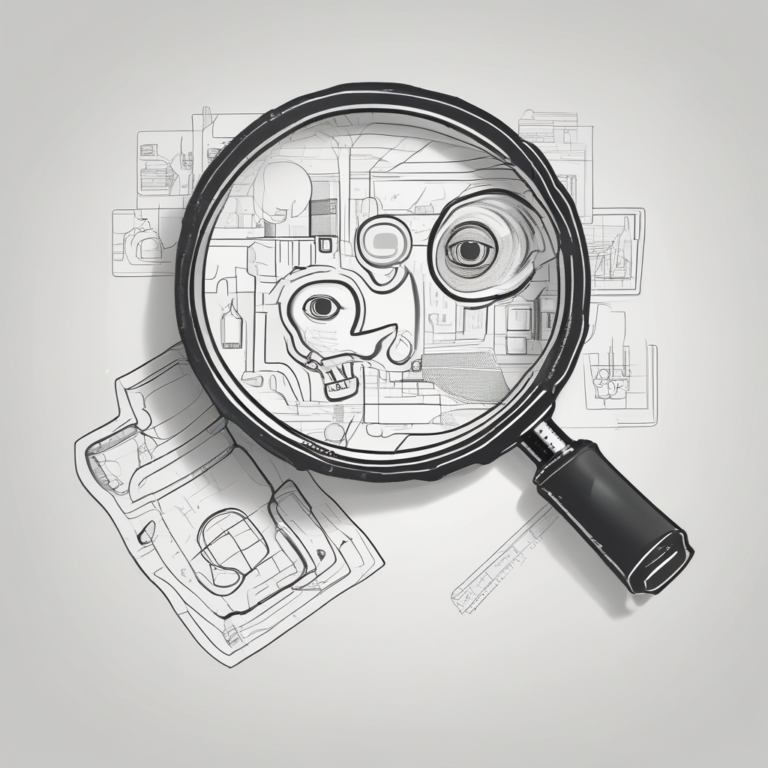Is the EU Leading the Charge or Losing the Race in Regulating AI?
The European Union (EU) is navigating a complex landscape as it develops and implements its regulatory framework for artificial intelligence (AI). This bold course aims to classify AI tools based on their potential risks, imposing stricter rules on high-risk systems such as self-driving cars and medical technologies, while allowing more flexibility for lower-risk applications like internal chatbots.
The EU’s AI Act: A Groundbreaking Piece of Legislation
Enacted in August 2024, the EU’s AI Act represents a pioneering effort to establish comprehensive governance over AI technologies. The European Commission has categorized AI systems into four risk levels: unacceptable, high, limited, and minimal. High-risk systems, particularly those utilized in sectors like healthcare and law enforcement, are subject to rigorous requirements, including mandatory safety checks and detailed documentation. For instance, AI tools deployed in medical devices must meet stringent standards to ensure patient safety, reflecting the EU’s commitment to safeguarding fundamental rights.
Conversely, lower-risk systems, such as chatbots within companies, face lighter regulations, allowing businesses to innovate without being hindered by excessive bureaucracy. This risk-based approach seeks to strike a balance between fostering innovation and protecting citizens.
The EU’s Ambition and Global Influence
The EU’s ambition in AI regulation is noteworthy, particularly in a landscape where technology often outpaces regulation. The General Data Protection Regulation (GDPR), implemented in 2018, set a global standard for data privacy, inspiring similar laws worldwide. The EU’s ability to shape global norms could see the AI Act follow suit, becoming a model for AI regulation globally. For companies operating in or targeting the European market, compliance is not merely a legal obligation; it has become a strategic necessity. Proactively adhering to these regulations can avert costly last-minute adjustments and enhance reputations as ethical innovators.
Challenges for Smaller Enterprises
Despite the EU’s ambitious goals, there are significant challenges, particularly for smaller companies and startups. The European Commission estimates that compliance costs for high-risk AI systems could reach €400,000 per system, depending on complexity and scale. For small and medium-sized enterprises (SMEs)—which constitute 99% of all businesses in the EU and employ nearly 100 million people—these costs may prove prohibitive. Entrepreneurs have expressed concerns about being priced out of the European market or compelled to abandon their AI projects altogether. If regulations inadvertently push smaller players away, Europe risks losing its competitive edge in a rapidly evolving global AI race.
Global Context and Competitive Landscape
While the EU is diligently crafting its regulatory framework, other major players like the United States and China are pursuing markedly different approaches. The U.S., under previous administrations, has adopted a more laissez-faire attitude, relying on voluntary guidelines and industry self-regulation. In stark contrast, China is investing heavily in AI development, with companies like DeepSeek emerging as global leaders. Analysts project that AI technologies could contribute $600 billion annually to China’s economy, buoyed by government support and a regulatory environment far less restrictive than the EU’s. The third Artificial Intelligence Action Summit in Paris highlighted these disparities, as global leaders and tech executives grappled with how to regulate AI without losing ground to less regulated markets.
Adapting to Rapidly Evolving Trends
The EU’s AI Act comes at a critical juncture, as the AI landscape transforms rapidly. Trends like AI-driven search snippets and workplace automation are reshaping industries. For example, a 2024 analysis by Seer found that Google’s AI Overviews are reducing click-through rates for many businesses. While beneficial for users seeking quick answers, this trend poses challenges for companies reliant on organic traffic.
Furthermore, a report from McKinsey in 2024, titled “Superagency in the Workplace,” argues that AI can enhance productivity and creativity only if companies invest in training employees to collaborate effectively with these tools. Organizations prioritizing people-centric AI strategies—offering practical training, clear communication, and ethical guidelines—report significant productivity gains. These insights underscore that regulation alone is insufficient; success hinges on how well organizations and societies adapt to AI’s potential.
The Case for Thoughtful Regulation
Despite the challenges, a compelling argument exists for the EU’s regulatory approach. Advocates contend that well-crafted regulations can foster trust and promote responsible development. The AI Act’s emphasis on transparency, particularly the requirement for developers to disclose details about their training data, aligns with the growing public demand for accountability. A significant 68% of Europeans favor government restrictions on AI, driven by concerns over privacy, bias, and job displacement.
By proactively addressing these issues, the EU could position itself as a global leader in ethical AI, attracting businesses and consumers who prioritize trust and safety. The EU’s experience with the GDPR demonstrated that robust regulation can coexist with innovation when executed thoughtfully and collaboratively, with a clear focus on the broader implications.
Conclusion
The EU’s AI regulatory framework represents a bold and necessary experiment, reflecting the bloc’s commitment to prioritizing human values in an increasingly tech-driven world. However, its success is contingent upon achieving the right balance—encouraging innovation without sacrificing accountability and protecting rights without hindering growth. For businesses, the message is clear: proactive adaptation is essential. Staying informed and preparing early may prove crucial for compliance and reputation. For the EU, the challenge is even more significant: to lead with vision, flexibility, and a readiness to learn from the global AI race. The ongoing evolution of this framework will determine whether it becomes the global benchmark it aspires to be or serves as a cautionary tale of good intentions gone awry.










